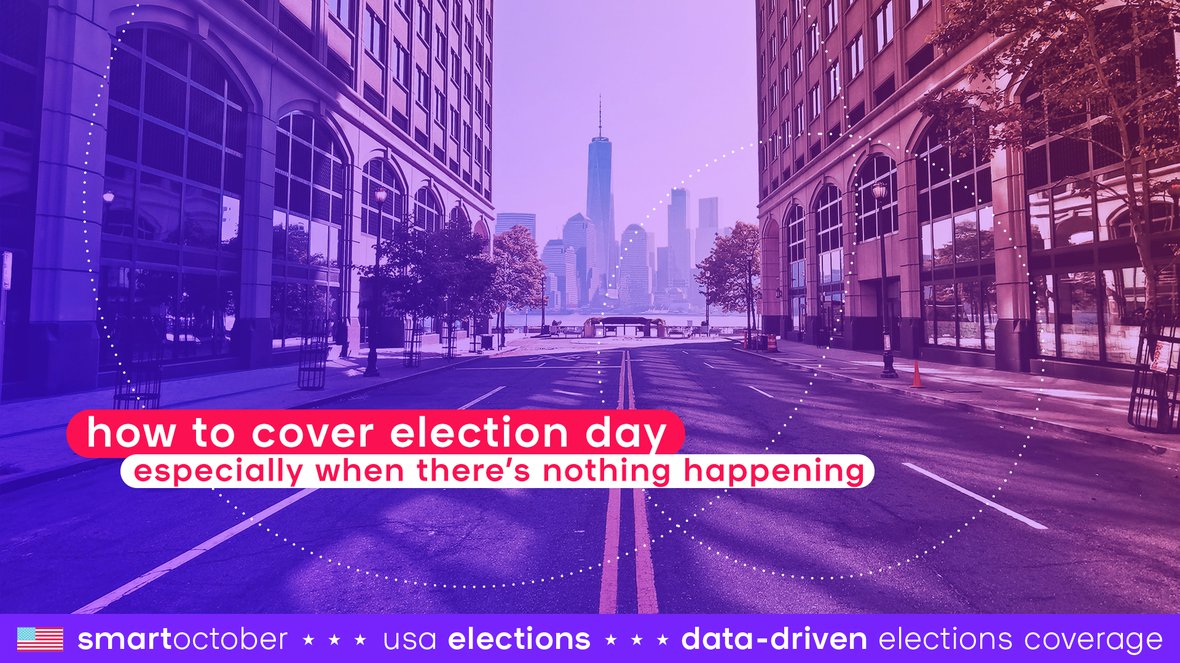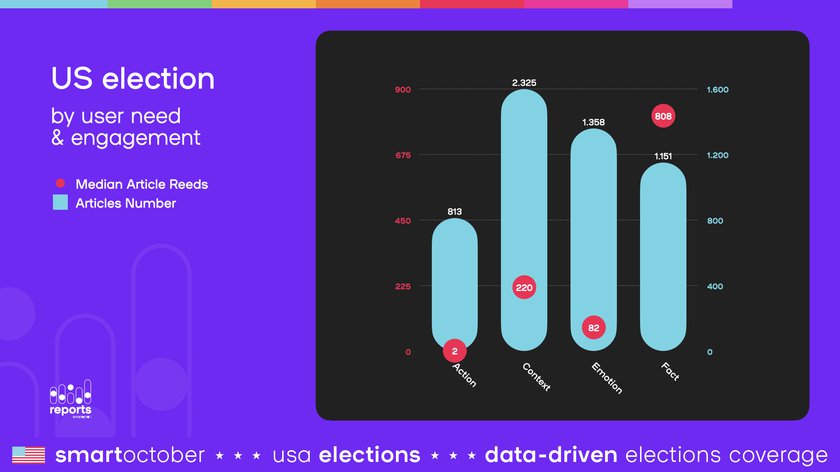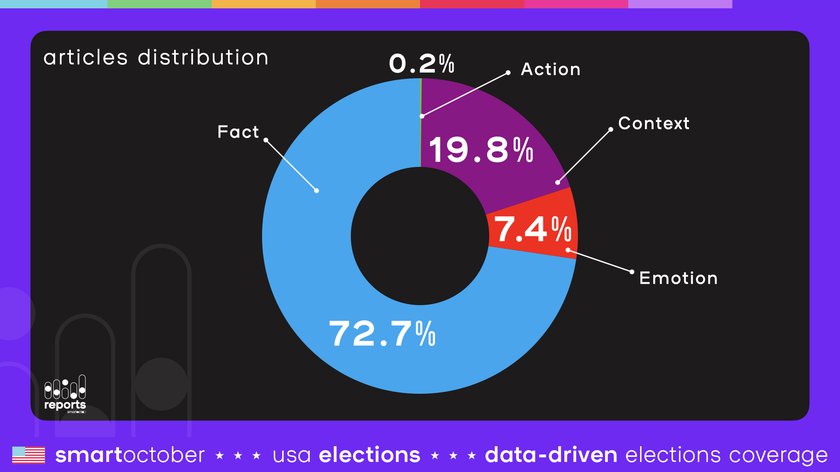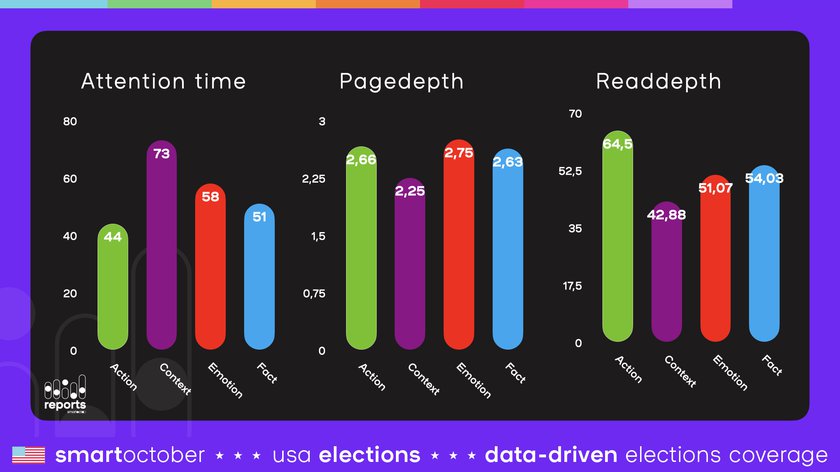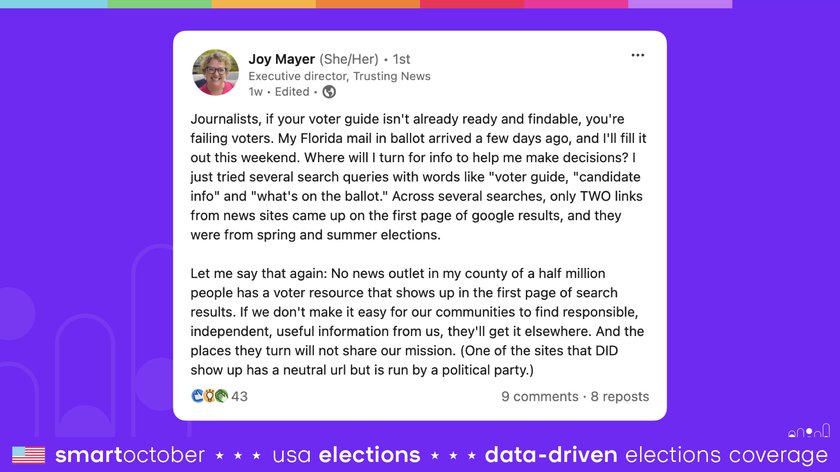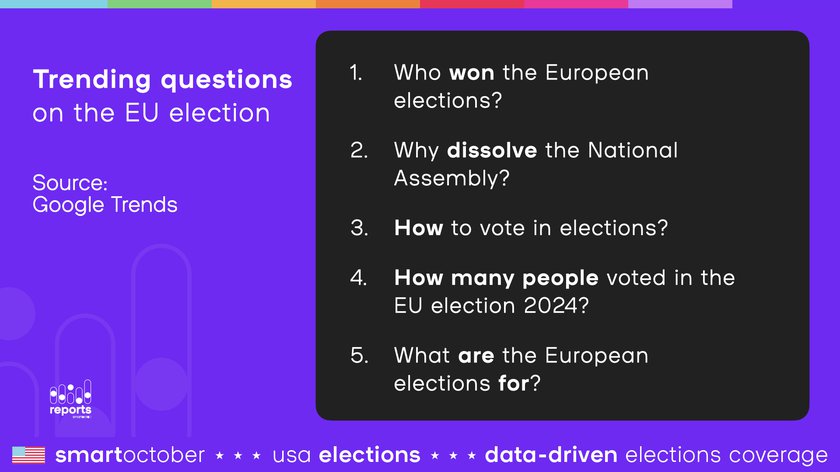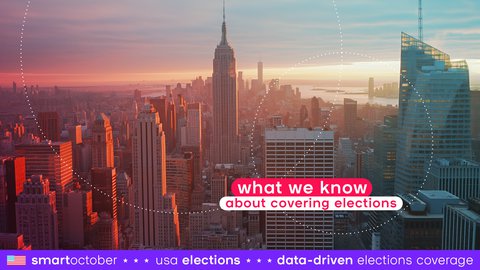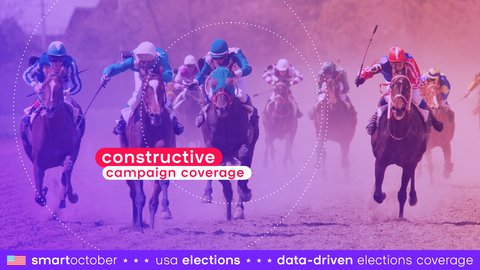Where should the editorial focus be on election day, what essential questions need to be answered, and what format should the news be presented in? Read on for smartocto’s report on election coverage - and a helpful planning framework.
In the UK back in 2013, when rumours started to fly that a royal birth was imminent, journalists decamped outside the hospital where the Duchess of Cornwall was due to give birth.
There, at every news bulletin, the news anchor in the studio would ask the reporter in the field for updates.
There were no updates.
The BBC’s royal correspondent stationed outside said hospital, Simon McCoy, was visibly - and amusingly - irked by this:
"Well, plenty more to come from here of course. None of it news because that will come from Buckingham Palace. But that won't stop us."
Sometimes nothing happens. The problem is, everyone - you, your readers, the shareholders - expects something.
This week, we’re considering live coverage - and strategies to deploy to prevent a McCoy moment.
What we know about live blogging
The live blog has been around for at least 25 years. In the late 1990s, The Guardian started with minute-by-minute updates on sports, and sport continues to be an obvious and useful area to live blog about, not least because of the cost involved in watching them in person. People like to keep updated about the progress of games and matches and tournaments.
The popularity of live blogs coincided with the rise of Twitter, around the time of the 2008 financial crisis. "What’s happening?" was the question Twitter asked its users on what was then primarily considered a microblogging platform.
Newsrooms started to use live blogs to respond to the same question - and those questions weren’t just about football. They were created during major events such as earthquakes, rescue missions, significant court cases, or press conferences. For journalists skilled with Twitter, it became second nature. Yet it remained a challenge to write live updates while simultaneously conveying the essence (or context) of a story, which is, of course, the job of the journalist... We are more than just a conduit.
During the coronavirus pandemic, the COVID live blog became the most-read piece of the day on nearly all major sites, and since then, a live blog section has become a staple on many of the homepages that smartocto analyses. It essentially serves three purposes:
- Clustering information that, if published in too many separate articles, would overshadow other news.
- Conveying the urgency of a topic without the need to highlight it in every headline.
- Allowing a shift in tone of voice, sometimes more personal, and occasionally switching user needs - ranging from purely factual to a lighter approach.
These elements are, of course, ideally suited for election day. The BBC, The Guardian, and Sky News have previously told Press Gazette that live blogs are performing better than ever. Having at least one editor update the live blog full-time is a good idea for 5 November, and perhaps also for 4 and 6 November - at the Guardian they work in shifts to ensure round-the-clock coverage.
Great example of a liveblog:
This election liveblog of the NZ Herald in New Zealand (it’s rigorous, incorporates lots of different format types, loops in other commentary and sources - and the tone of voice is spot on)
